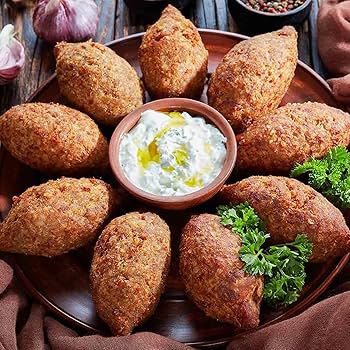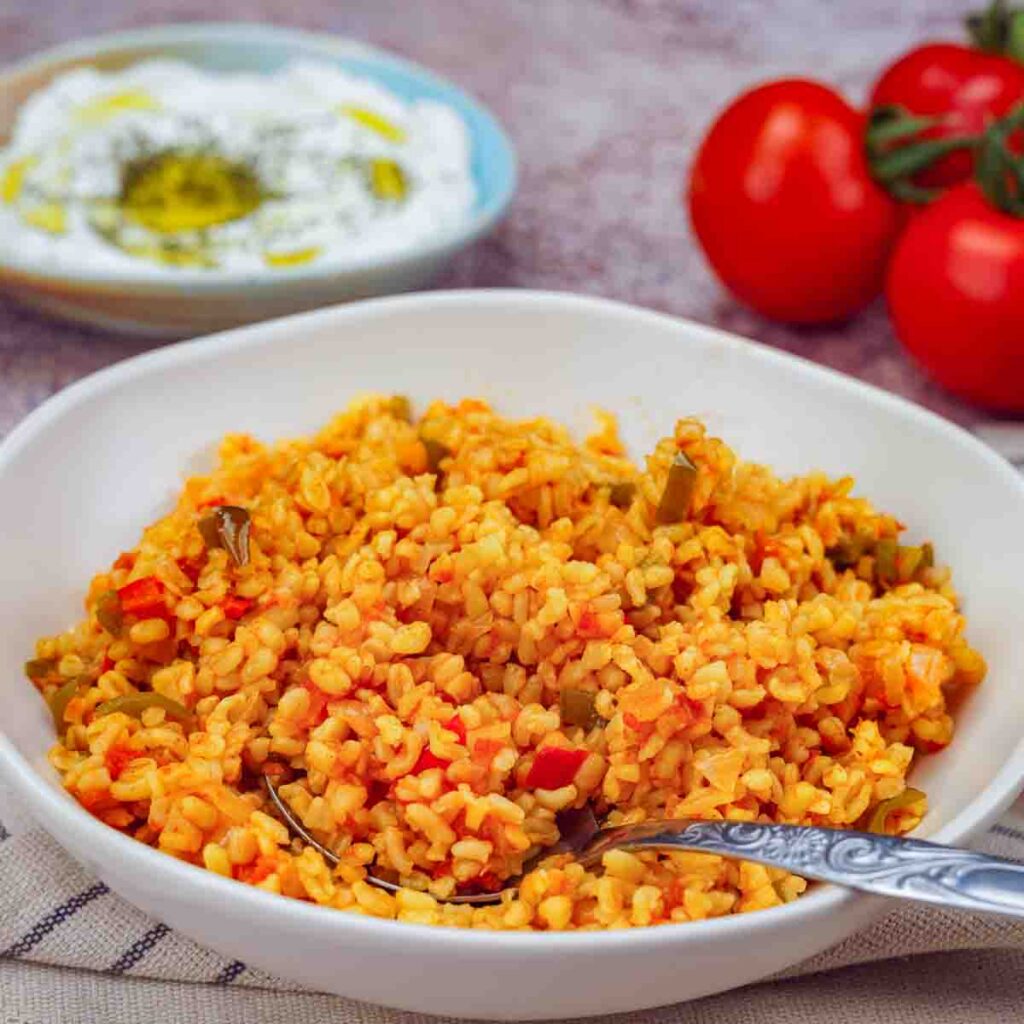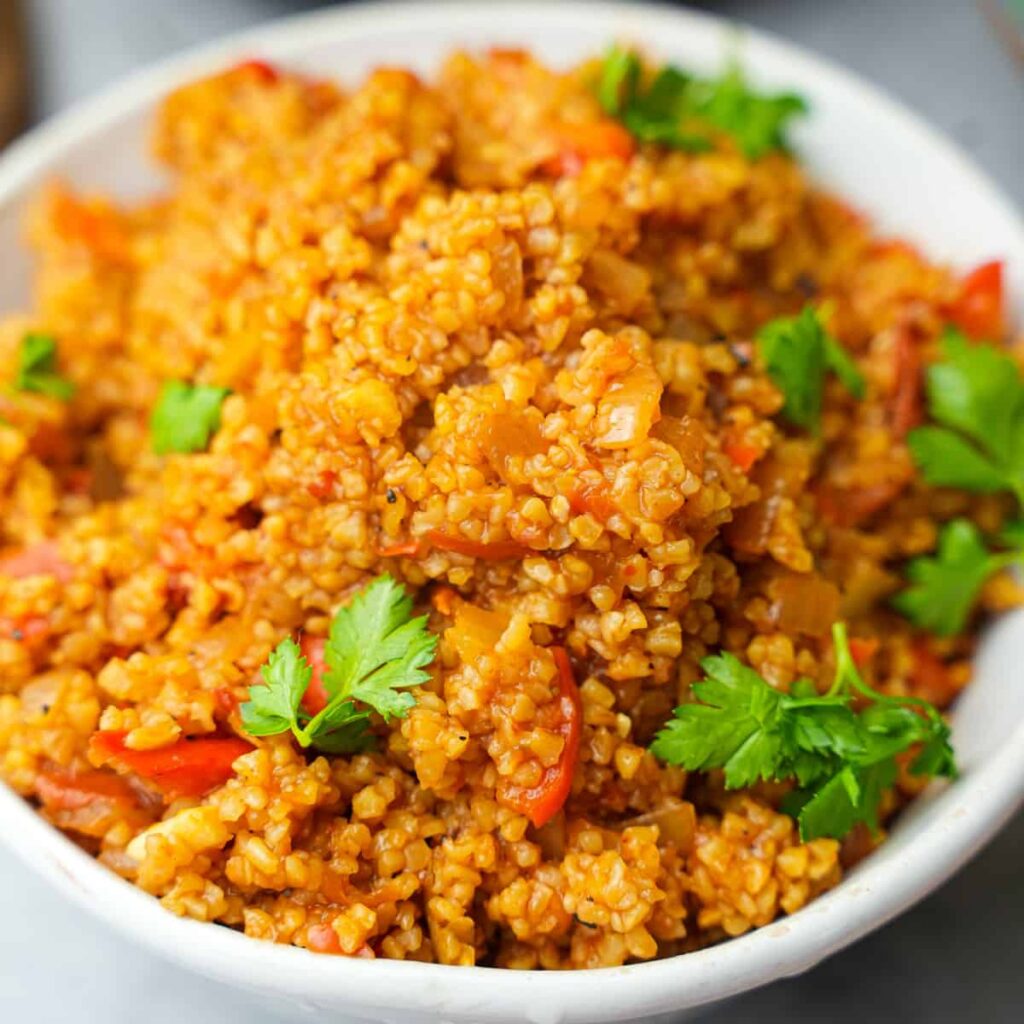In a world increasingly turning toward wholesome, plant-based foods, bulgur wheat has carved out a niche as a nutritious and versatile grain. Commonly featured in Middle Eastern, Mediterranean, and vegetarian diets, bulgur wheat is quick to cook, easy to digest, and rich in nutrients. But a question often arises: Which country eats the most bulgur wheat in the world?
The clear frontrunner is Turkey—a nation that not only consumes the most bulgur wheat but also celebrates it through countless traditional dishes. In this article, we’ll explore why Turkey leads global consumption, how bulgur wheat became a culinary icon, its health benefits, and how vegetarians around the world can make the most of this ancient grain.
What Is Bulgur Wheat?

Bulgur wheat is a whole grain made from cracked wheat kernels—most commonly durum wheat—that are parboiled, dried, and then crushed into different grain sizes. This pre-cooking process gives bulgur its signature fast cooking time and chewy, nutty texture.
Unlike refined grains, bulgur retains much of the bran and germ, making it a fiber-rich and heart-healthy option. It is 100% vegetarian, and because of its neutral yet wholesome flavor, it can be used in both savory and sweet recipes.
Turkey: The World’s Leading Consumer of Bulgur Wheat

1. A Deep-Rooted Tradition
In Turkey, bulgur isn’t just a food item—it’s a culinary tradition passed down through generations. From rural villages to urban kitchens, bulgur is a daily staple, often replacing rice or pasta in meals. Traditional Turkish dishes like kısır, mercimek köftesi, and bulgur pilavı are prepared frequently and celebrated for their flavor and simplicity.
2. Cultural and Religious Influence
The significance of bulgur in Turkey is also tied to its cultural and religious importance. It’s a food that brings people together, especially during family gatherings, weddings, or Ramadan meals. Its vegetarian nature makes it suitable for fasting and communal sharing.
3. Agricultural Abundance
Turkey’s fertile lands are ideal for growing durum wheat, the primary source of bulgur. With easy access to raw materials, domestic production meets local demand efficiently, and bulgur is found in virtually every Turkish home.
4. Affordability and Accessibility
Bulgur is extremely affordable and available in all Turkish markets. Its long shelf life and nutritional value make it a go-to choice for people across all income levels.
Bulgur Wheat Around the World

While Turkey tops the charts, other countries also include bulgur as part of their diets—particularly in vegetarian and health-focused cuisine.
Lebanon
Lebanon’s world-renowned dish, tabbouleh, has made bulgur a key grain in Levantine cooking. In Lebanese households, bulgur is featured in stuffed vegetables, soups, and salads.
Syria
Syrians use bulgur extensively in vegetarian dishes like kibbeh (vegetarian versions use pumpkin or potato), mujaddara, and meatless stews.
United States
The rise in health-conscious eating and vegetarianism in the U.S. has sparked a growing demand for bulgur. It’s now found in grocery stores, salad bars, and meal delivery kits, often used as a whole grain alternative to rice or couscous.
India
Although not a traditional grain in Indian cuisine, bulgur is gaining popularity among vegetarians and vegans as a protein-rich alternative to white rice. Some health-conscious home cooks use it in khichdi, upma, or pulao.
Vegetarian Dishes Featuring Bulgur

Bulgur is a dream ingredient for vegetarian cooks. It’s quick to prepare, absorbs flavors beautifully, and pairs well with fresh vegetables, herbs, and legumes.
1. Kısır (Turkish Bulgur Salad)
A zesty blend of fine bulgur, parsley, tomato paste, pomegranate molasses, olive oil, lemon juice, and chopped vegetables. It’s like a Turkish cousin of tabbouleh.
2. Bulgur Pilavı (Bulgur Pilaf)
Coarse bulgur simmered with onions, garlic, tomatoes, and spices. A hearty vegetarian main or side dish.
3. Vegetarian Lentil and Bulgur Köftesi (Meatless Patties)
Red lentils and fine bulgur mixed with sautéed onions and spices, shaped into finger-sized vegetarian patties.
4. Stuffed Bell Peppers with Bulgur
Colorful bell peppers stuffed with bulgur, chickpeas, tomatoes, and herbs, then baked to perfection.
5. Bulgur Porridge with Fruits and Nuts
A sweet twist—bulgur cooked in almond milk with dates, cinnamon, and nuts makes a delicious breakfast or dessert.
Nutritional Benefits of Bulgur Wheat

Bulgur wheat stands out as a nutritional powerhouse, especially for those following vegetarian diets:
| Nutrient (per 1 cup cooked) | Amount |
|---|---|
| Calories | ~150 |
| Protein | 5–6g |
| Fiber | 8g |
| Iron | 10% RDA |
| Magnesium, Manganese | High |
| Fat | Low |
Bulgur is low on the glycemic index, making it excellent for blood sugar control. Its high fiber content supports digestion and helps with satiety, making it a top grain for weight-conscious vegetarians.
Types of Bulgur and How to Use Them
Bulgur wheat comes in different grades based on how finely it’s crushed:
- Fine (#1) – Used in salads like tabbouleh or kısır.
- Medium (#2) – Good for soups and stuffing.
- Coarse (#3) – Perfect for pilafs and vegetarian kibbeh.
- Extra Coarse (#4) – Ideal for baking or hearty grain bowls.
Preparation Tip:
Fine bulgur doesn’t require cooking—just soak in hot water or broth for 10–15 minutes. Coarse types are best simmered like rice.
Global Bulgur Consumption Facts
- Turkey consumes over 1 million metric tons of bulgur annually, both in home cooking and food services.
- Global demand is rising, especially in Europe and North America.
- Bulgur is now cultivated outside of the Middle East—in the U.S., India, and parts of Africa.
Sustainability and Plant-Based Impact
Bulgur wheat is an environmentally friendly grain, requiring less water and fewer resources to grow than animal-based protein sources. For those shifting to vegetarian and eco-conscious diets, bulgur is a sustainable choice that aligns with global food goals.
Vegetarian Bulgur Recipe: Bulgur and Chickpea Stew
Ingredients:
- 1 cup coarse bulgur
- 1 can chickpeas (drained)
- 1 onion, chopped
- 2 cloves garlic, minced
- 2 tomatoes, chopped
- 1 tsp cumin
- 1 tsp paprika
- Salt, pepper to taste
- 2 tbsp olive oil
- 2 cups vegetable broth
Instructions:
- In a pot, heat olive oil. Sauté onions and garlic until golden.
- Add tomatoes, spices, and chickpeas. Stir and cook for 5 minutes.
- Add bulgur and vegetable broth. Simmer covered for 15 minutes.
- Let stand, fluff with a fork, and serve warm with fresh herbs.
Conclusion: The Heart of a Healthy Diet
So, which country eats the most bulgur wheat in the world? — Turkey, by far. With centuries of tradition, accessibility, and health awareness, Turkish cuisine has elevated bulgur to the level of a national treasure.
Yet the grain’s popularity isn’t confined to Turkey. Around the world, vegetarians and health-focused eaters are embracing bulgur for its flavor, nutrition, and ease of use. Whether you’re crafting a quick salad or a warm pilaf, this ancient grain offers modern nutrition with timeless appeal.





